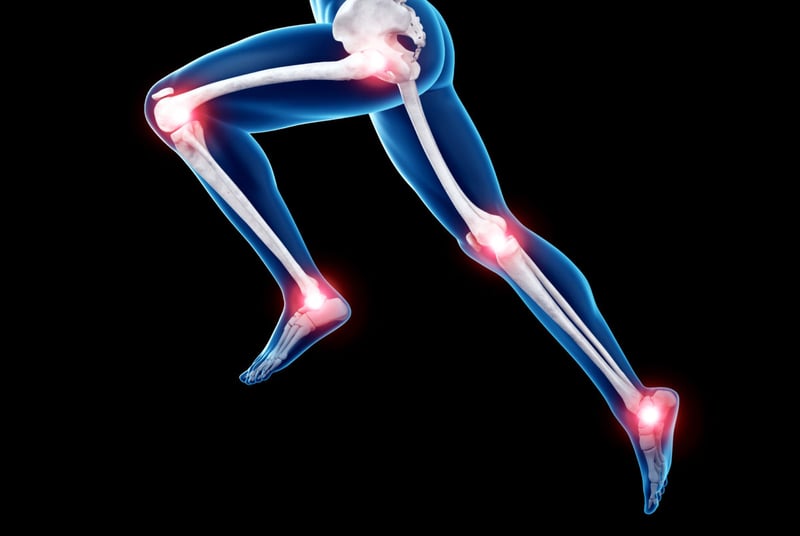
Pontillo, M., Hines, S., & Sennett, B. Prediction of Lower Extremity Injuries from Vertical Jump Kinetic Data in Collegiate Athletes. J Orthop Sports Phys Ther 2020;50(1):CSM178–CSM233. DOI:10.2519/jospt.2020.50.1.CSM178
Presented at the American College of Sports Medicine Annual Meeting (ACSM) 2019 and the American Physical Therapy Association Combined Sections Meeting (APTA CSM) 2020.
View the full research paper and summary here
LOAD, EXPLODE, and DRIVE predict lower extremity injury
EXPLODE predicts lower extremity injury independently
EXPLODE different between ACL (⇩) and healthy (⇧) groups
LOAD, EXPLODE, and DRIVE predict ACL injury
LOAD predicts ACL injury independently
EXPLODE predicts ACL injury independently
“The force plate variables collected from vertical jumps were able to identify athletes who sustained a lower extremity injury. Additionally, these variables were able to identify athletes who sustained an ACL injury.”
Population: 468 Division I varsity athletes.
The questions covered:
Purpose/Hypothesis: The vertical jump provides critical kinetic information regarding athletic performance, and can be quantified by the force-time (F-T curve) with defined phases of movement. Alterations in the efficiency of mechanisms used for force production could potentially lead to abnormal force dissipation and resultant injury. The purpose of this study was to identify which force plate variables from a vertical jump task could identify collegiate athletes who sustained a lower extremity injury.
Number of Subjects: 468 Division I varsity athletes.
Materials and Methods: Vertical jump testing using a commercially available force plate system with dedicated software was performed by all healthy varsity collegiate athletes at several intervals throughout the athletic year over 3 academic years. The testing procedure consisted of each subject performing a series of 6 consecutive vertical jumps. Injuries were documented by the team athletic trainers and verified with the health care organization’s electronic medical documentation system. Injuries were defined as occurring no more than 60 days after a jump and defined as lower extremity by OSICS 10 code. 234 lower extremity injuries were identified. Subjects were matched by age, sex and sport. Vertical jump variables used were average eccentric rate of force development (EFD), average relative concentric force (RCF), and concentric relative impulse (CRI), indicating the athletes’ ability to load movements and generate force, the ability to explode/transmit force, and finish movements forcefully for each jump, respectively, which were normalized to T scores. T-tests were used to assess differences between the injured and uninjured groups. Logistic regression was used to determine if the battery of variables could predict whether or not an athlete would sustain a lower extremity injury. Additionally, athletes who sustained an ACL injury were identified, matched, and analyzed correspondingly.
Results: EFD, RCF, and CRI, when entered into the regression equation, showed the ability to predict lower extremity injury, chi2= 14.6, df=4, P < 0.01; with RCF independently showing significant prediction at P = 0.02. T-tests showed significant differences between the ACL and healthy groups for RCF (t= 2.27, df = 22, p = 0.03), with the injured group scoring lower. EFD, RCF, and CRI also showed the ability to predict ACL injury, chi2= 13.9, df = 3, P < 0.01, with EFD and RCF independently showing significant prediction at P < 0.05.
Conclusions: The force plate variables collected from vertical jumps were able to identify athletes who sustained a lower extremity injury. Additionally, these variables were able to identify athletes who sustained an ACL injury.
Clinical Relevance: Athletes who demonstrate altered jump kinetics may be identified prior to sustaining a lower extremity injury.